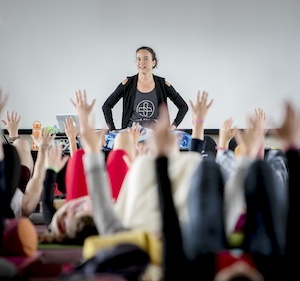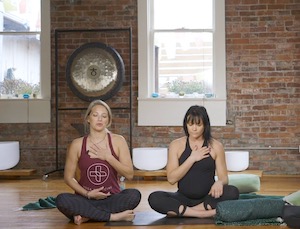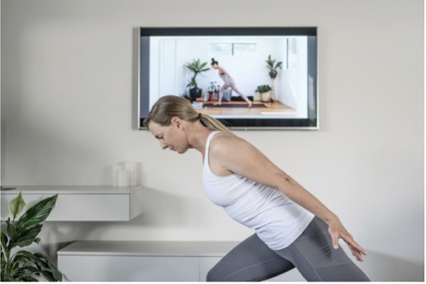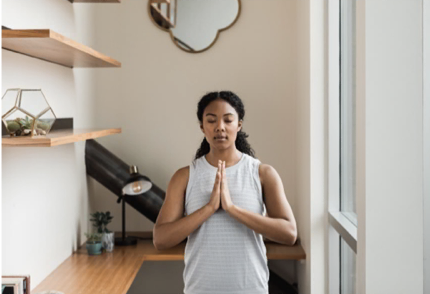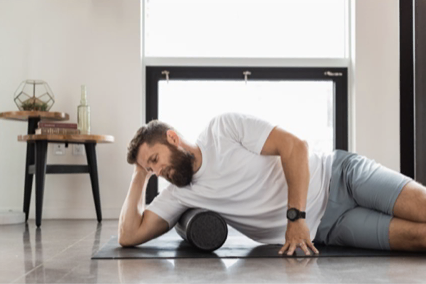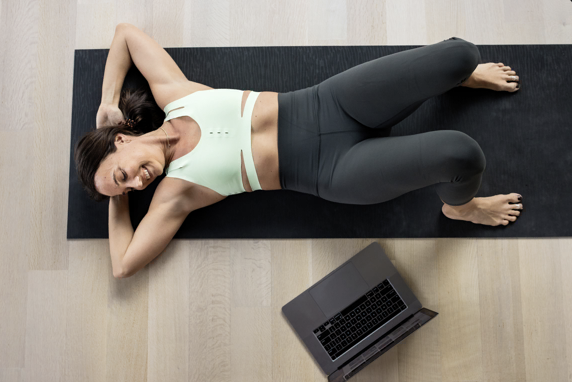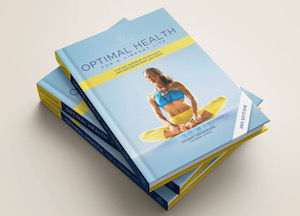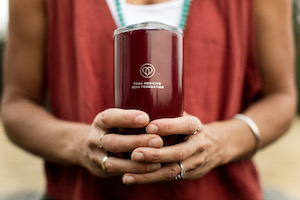Articles, In the Press, Resources, Yoga Medicine® News
Yoga, Ability, and Disability
By Margaret Smith for Yoga Medicine®.

Best to begin with the truth as I know it: I’m no accessibility expert; I am a currently able-bodied (a.k.a. “A.B.”) yoga practitioner who also uses yoga in sport psychology practice with teams and athletes in Paralympic sport. There are an abundance of wonderful resources on accessibility, ability, disability, and yoga, including Jivana Heyman’s wonderful and growing organization Accessible Yoga and his 2019 book of the same name.1 What I’ll share here is not a how-to guide on yoga for people with disabilities, but rather a few personal reflections on working toward accessibility in the context of yoga practice.
Per the Americans with Disabilities Act, “accessibility” means that any area of public life – a space, an experience, or a technology – should be accessible by people with a wide range of abilities and disabilities. And because all abilities, just like all sensations and body functions, are temporary, most people can occupy multiple positions across a range of abilities throughout a lifespan. So the word “accessibility” encompasses a lot but at its core is the facilitation of one’s fullest possible participation in public life and community for all people. Therefore, in yoga, it doesn’t seem like too much of a stretch to say that accessibility builds us toward samadhi.
Dialogues on accessibility and yoga are growing, and I hear “accessibility” applied in a spectrum of yoga conversations. In the work I do with elite athletes, accessibility has to permeate our whole environment – we create space and offer props (usually improvising with whatever is available when we’re on the road with whatever towels and blankets and pillows a hotel might let us borrow) so that any sequence can be practiced sitting, reclined, prone, or standing – and so that the athlete can choose – according to what is right in their very specific body, mind, and soul in the very specific context of the “right-now” we’re in right now together.
So accessible yoga is, well, yoga: the priority is the person over poses, movements, alignment, transitions, or what it looks like (though these external aspects of asana get top billing on “#yoga” on Instagram and “#yoga” seems to dominate any description people have offered me of why yoga is not for them). But what I’m trying to say is that adapting yoga or doing “adapted yoga” is probably what you’re already doing in your classes. From my perspective of working with elite athletes in adapted sport, one of the most important aspects of offering truly accessible yoga practices is awareness of the social and cultural context we live in. And that context – by which I mean everyday life beyond one’s yoga practice – tends to assume able-bodied-ness is what’s “normal” (e.g. hotel and airline check-in counters where wheelchair users have to crank their necks all the way back to have any shot at eye contact with the person on the other side). And this by default – however unintentional – sends the message that bodies differing from these expectations are marginal or deviant.
The Americans with Disabilities Act is 30 years old this year and while there’s certainly great progress in accessibility, narratives of disability remain profoundly limiting. People with disabilities are often painted as either needy and helpless or as “heroes” and inspirations.2 While “heroes and sources of inspiration” may sound nice, consider this experience from the lens of someone who is looking at the unchanged status quo that limits their full participation in public life and public spaces.
What that means for me — as a yoga facilitator, in a space focused on yoga asana, meditation, or relaxation — is that I have a lot of up front conversations. We talk about:
-
- their daily obligations and movements and stresses and areas of fatigue and overuse and tension
- about sensations they notice and how those sensations vary
- about sensations they’re aware of not having – and how they experience that lack of sensation (for example, for someone who uses a wheelchair and who doesn’t have sensation in areas of the body that absorb pressure when seated, this might mean they pay careful attention to cushioning those areas adequately when sitting and spend time out of their chair as frequently as possible to avoid pressure sores – and I want to be as aware as I can be of what that adequate cushioning entails for them)
- and as such, we explore what kinds of support and props their body may need to spend time out of their chair in a variety of positions, prone, reclined, etc.
We use these conversations to build our practice and I do my best to make the “why’s” behind each movement or sequence as clear as I can. Also, as much as possible, I aim to offer 2-3 different approaches to achieve each “why” that we’re aiming for. In this scenario, I want to be able to offer options to release that area that is accessible from within the wheelchair from a reclined position when it’s possible for the athlete to spend some time out of their chair, and a prone position. Wherever I can, I want to make space for each of these options to be possible so that the athlete can choose what works best for them in terms of the available space, cushioning, and energy level for transferring from chair to floor and back again.
Renowned yoga teacher Matthew Sanford describes how yoga helped him learn to feel the “hum” of his whole body. He writes:
I teach bodies that can stand, when I cannot, that can feel things where I do not. This is possible because I have experienced a different kind of connection between mind and body. Although I cannot move my legs – and have no goal to do so – I do feel a heightened level of presence throughout my consciousness, including my paralyzed body.3
Sanford’s own teacher, who explored this heightened level of presence with him, had no experience working with SCI or paralysis prior to working with him. Rather, he writes, she had to “intuit what it’s like to be paralyzed…She didn’t have to be the expert…we explored the possibilities of yoga and paralysis together.”4 For me, this comes as a relief. Not having to be an expert frees up some energy that can go toward connecting with people, understanding how they move through daily life in mind and body, and what kind of energy we can create when we move together.
References:
- AccessibleYoga.org
- Matthews, Michelle. “Here’s what Karin Korb wants you to know about people with disabilities.” Alabama Life & Culture, 7 Jan, 2020. https://www.al.com/life
- Sanford, Matthew. Waking: A Memoir of Trauma and Transcendence, p. xvi. Rodale Books; 1st edition (May 27, 2008)
- Sanford, Matthew. Waking: A Memoir of Trauma and Transcendence, p. 187-8. Rodale Books; 1st edition (May 27, 2008)

